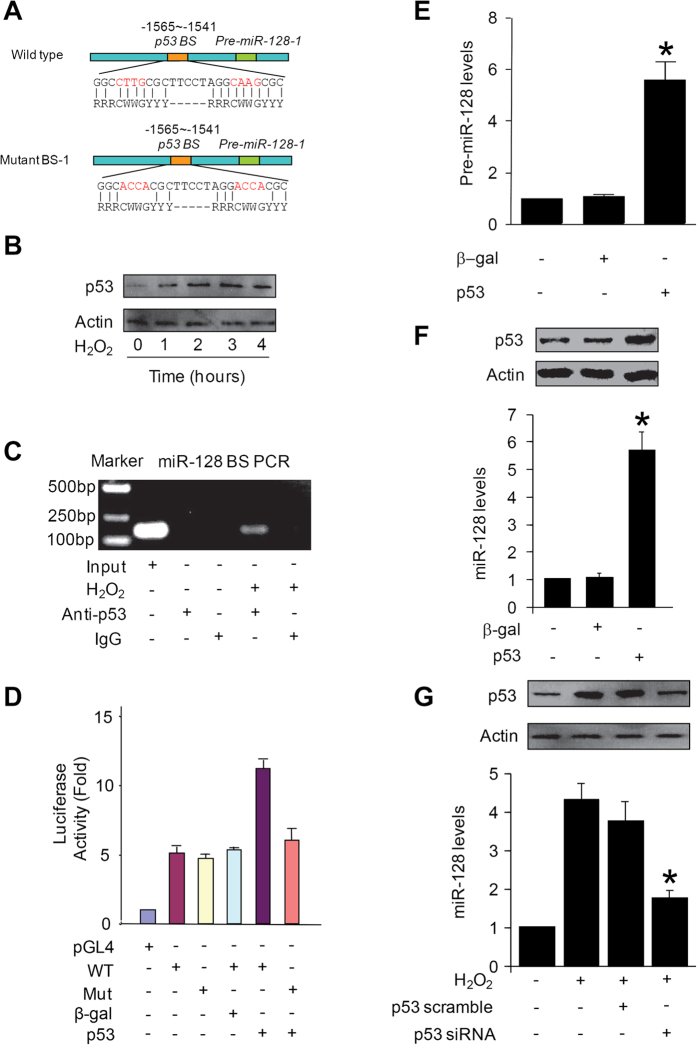Figure 4. p53 associates with miR-128 promoter and transcriptionally stimulates its expression.
(A) miR-128-1 promoter region contains a potential p53 binding site. The p53 binding site is composed of two 5′-RRRCWWGYYY-3′ sequences spaced by 0–21 base pairs. R is a purine, Y is a pyrimidine, W is either adenine or thymine, G is guanine and C is cytosine. The sequence was then mutated to disrupt p53 binding to the miR-128-1 promoter sequence. (B) Hydrogen peroxide induces an upregulation of p53. Cardiomyocytes were treated with 100 μM hydrogen peroxide, and harvested at the indicated time for the analysis of p53 by immunoblot. The total amount of β-actin served as internal control. (C) ChIP analysis of p53 binding to the promoter of miR-128-1 in cardiomyocyte treated with hydrogen peroxide. Cardiomyocyte were treated with hydrogen peroxide and were collected for ChIP assay. IgG was served as negative control. (D) Luciferase activity measured from cardiomyocytes infected with adenoviruses expressing p53 or β-galactosidase (β-gal) and transfected with empty vector (pGL4) or with constructs containing the wild-type (WT) miR-128-1 promoter or the miR-128-1 promoter mutated at putative p53 binding sites (Mut). (E and F) Enforced expression of p53 induces an elevation of pre-miR-128 (E) and miR-128 levels (F). Cardiomyocytes were infected with adenoviral p53 or β-gal. Pre-miR-128 (E) and miR-128 (F, lower panel) were detected by qRT-PCR. The results were normalized to that of U6. *p < 0.05, vs control. (G) Knockdown of p53 reduces miR-128 levels upon treatment with hydrogen peroxide. Cardiomyocytes were infected with adenoviral p53 siRNA (p53-siRNA) or its scramble form (p53-scramble). 24 hours after infection, cells were with 100 μM hydrogen peroxide. miR-128 was detected by qRT-PCR (G, lower panel). The results were normalized to that of U6. *p < 0.05, vs hydrogen peroxide alone. p53 were analyzed by immunoblot (F and G, upper panel). The total amount of β -actin served as internal control.

